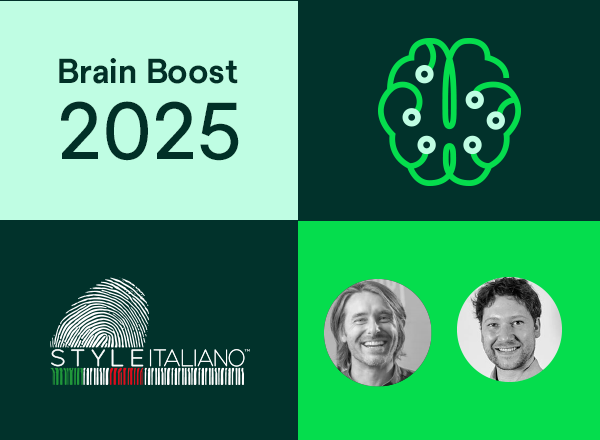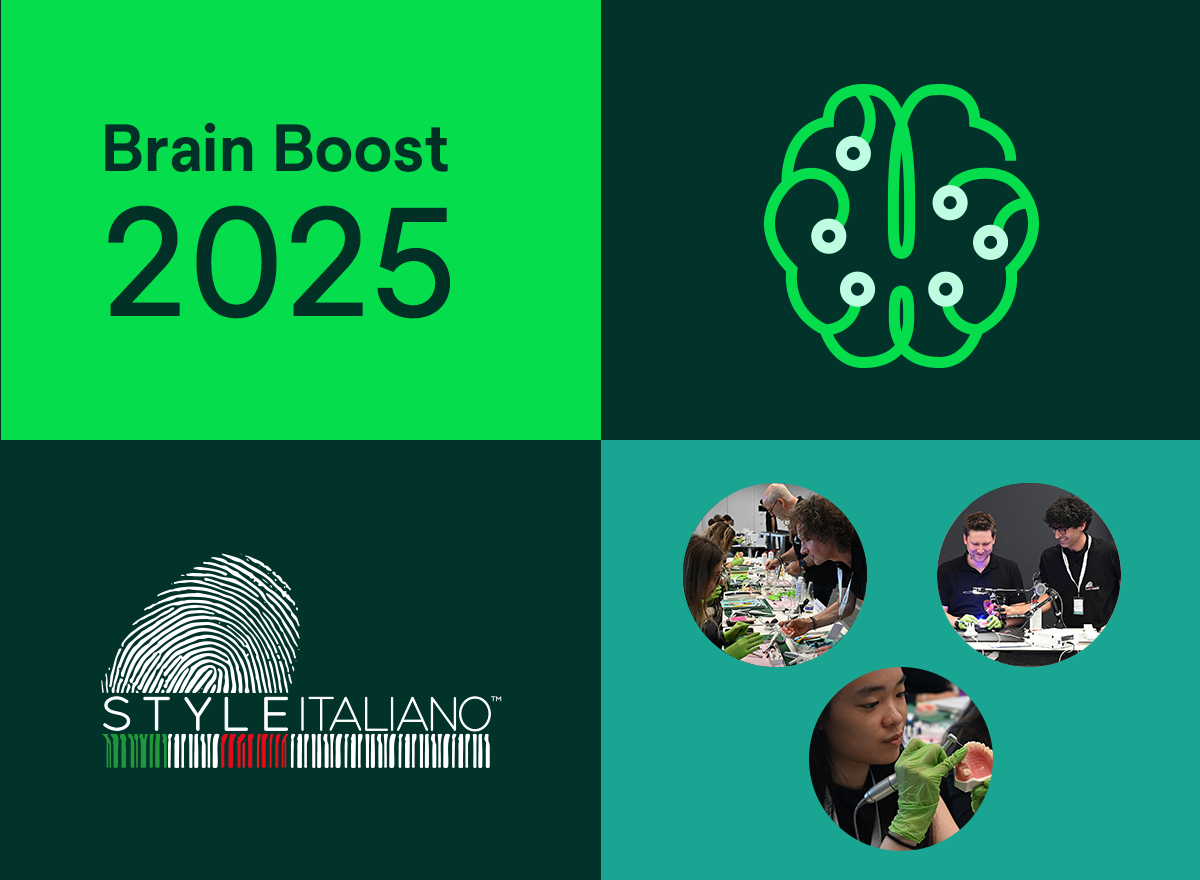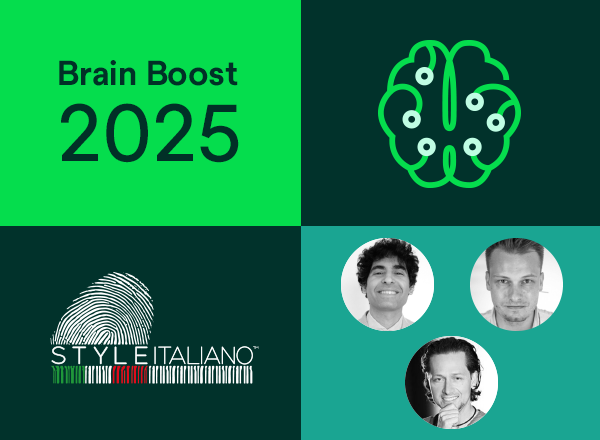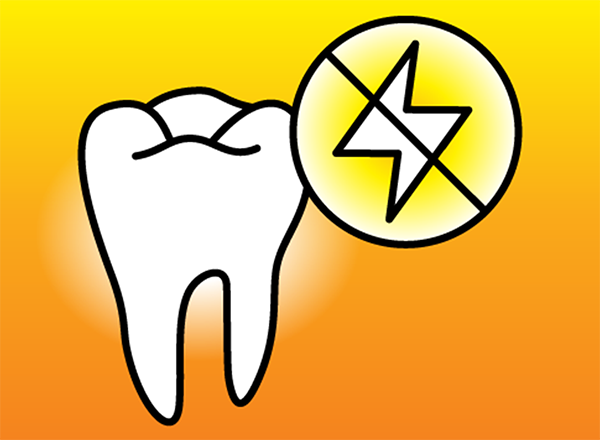The topic that took center stage on November 15, 2025 was “Mastering tooth wear and restoring smiles – esthetic and efficient”. Participants in Seefeld and abroad were given a warm welcome by the Seefeld team around Dr. Armin Bock, Scientific Education Leader EMEA, Dental Solutions at Solventum, before Prof not Dr. Paulo Monteiro addressed a few introductory words to the community on behalf of the StyleItaliano group.

Warm welcome from Seefeld.
Then, it was time for Dr. Riccardo Monterubbianesi’s keynote lecture. He provided guidance on how to distinguish physiological from pathological tooth wear – the annual physiological wear of enamel ranges from an average of 15 microns for premolars to about 29 microns for molars.1 The first thing to do when pathological tooth wear is diagnosed is monitoring e.g. with an intraoral scanner, while understanding the patient-specific causes of tooth wear is important for selecting subsequent measures. The treatment plan should take into account the severity and extent of wear (localized versus generalized) as well as the age, condition and compliance of the patient. When treating moderate to severe tooth wear, preserving the enamel – accomplished by selecting direct or indirect restorative techniques that rely on adhesion instead of mechanical retention – is most important.

Dr. Riccardo Monterubbianesi during his keynote lecture.
In a combined lecture and hands-on training, Dr. Maciej Zarow focused on a direct restorative approach to increasing the vertical dimension of occlusion (VDO): the composite ball technique. It is perfectly suitable for worn teeth with intact proximal contact points. Prior to impression taking, a composite ball is bonded to the buccal wall (1.5 mm above the gingival margin) of each posterior tooth that will be restored. Then, an impression and bite registration are taken, and a functional wax-up and transparent silicon index with an integrated occlusal chimney (useful to reduce interproximal excess) produced in the laboratory. The composite ball serves as a reference point for correct positioning of the index, which is filled with previously heated composite material and placed on the pre-treated tooth. The composite is pre-polymerized through the index, the index removed, and excess carefully removed before the final light-curing procedure.

Hands-on session: The composite ball technique.
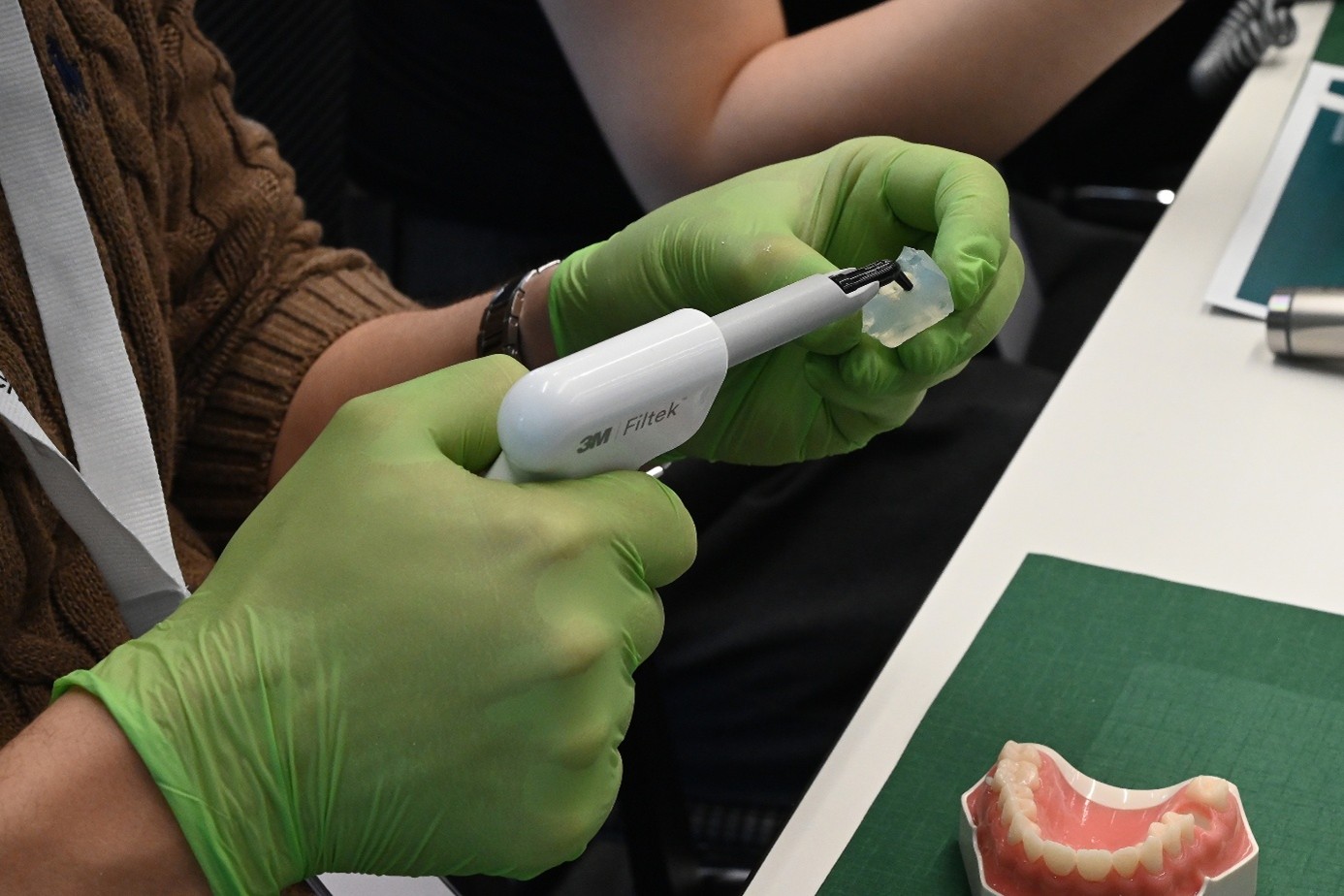
Filling of the silicon index with 3M™ Filtek™ Easy Match Universal Restorative – previously heated using the new Solventum™ Filtek™ Composite Warmer.
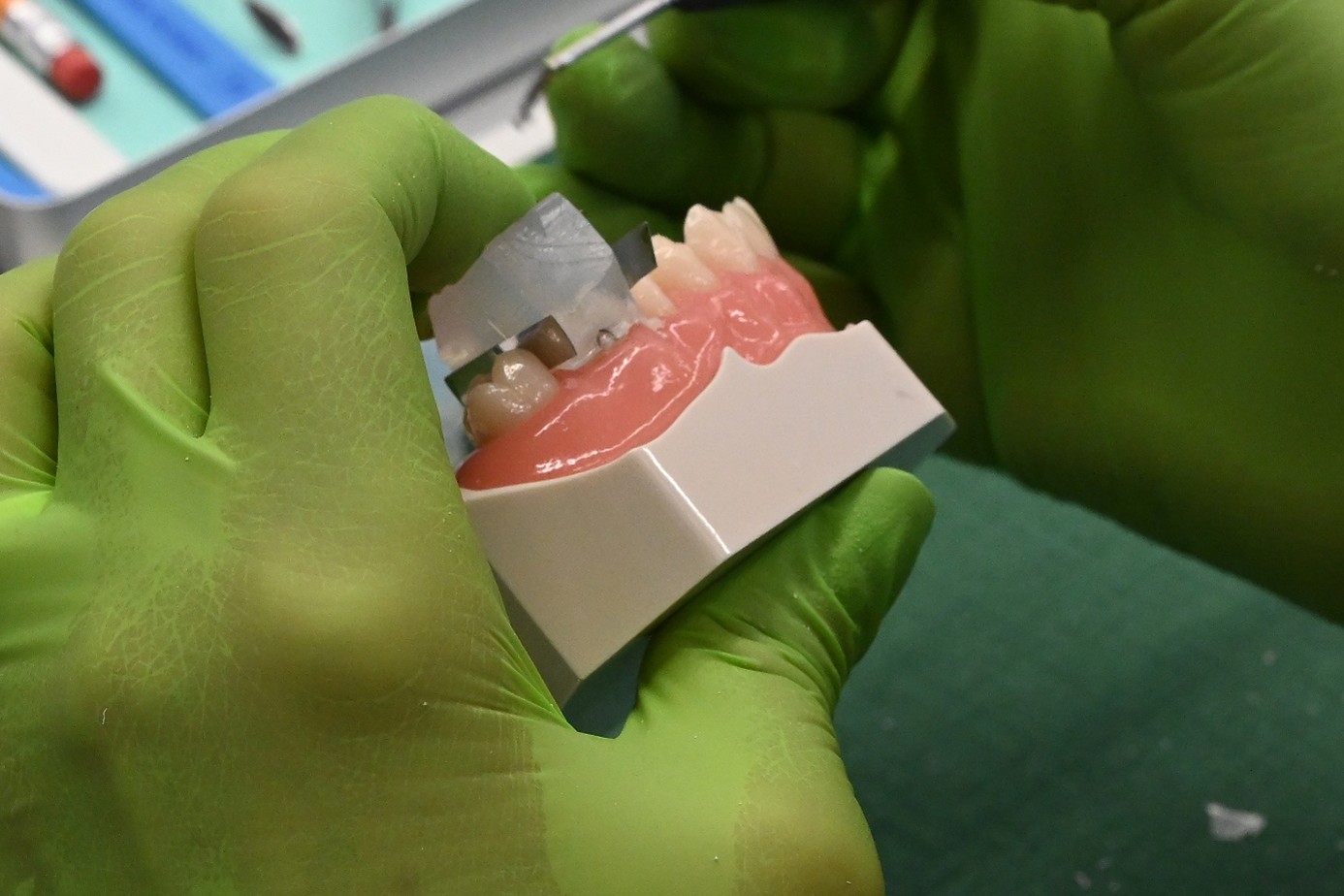
Positioning of the index on the tooth – visually and tactically aided by the composite ball on the buccal surface.
Dr. Marcin Krupinski demonstrated how to restore worn anterior teeth with composite using a mono-shade technique. He works with a wax-up and silicon index whenever lengthening is required and recommends using different composites depending on case-specific requirements: The rather opaque 3M™ Filtek™ Universal Restorative is his material of choice whenever he needs a masking effect or color change. Due to its natural blend-in effect, 3M™ Filtek™ Easy Match Universal Restorative is preferred when aiming at a precise match with the natural tooth structure. The speaker creates an anatomically correct shape and provides for smooth proximal and cervical surfaces with Unica anterior matrices (Polydentia). Composite is applied using the snow-plough technique, creating a labially oversized restoration that is transformed into its final form during finishing.
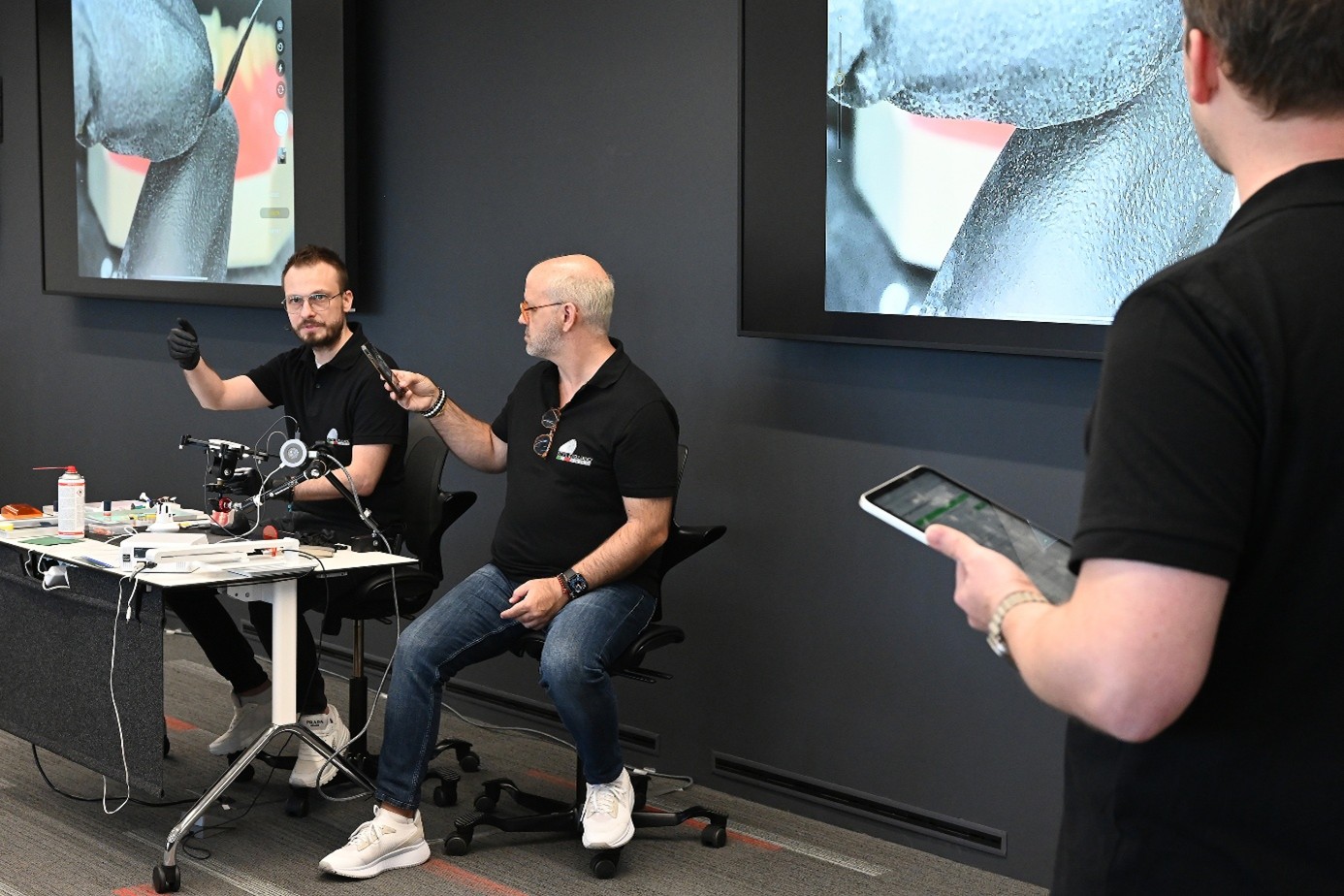
Hands-on with Dr. Marcin Krupinski.
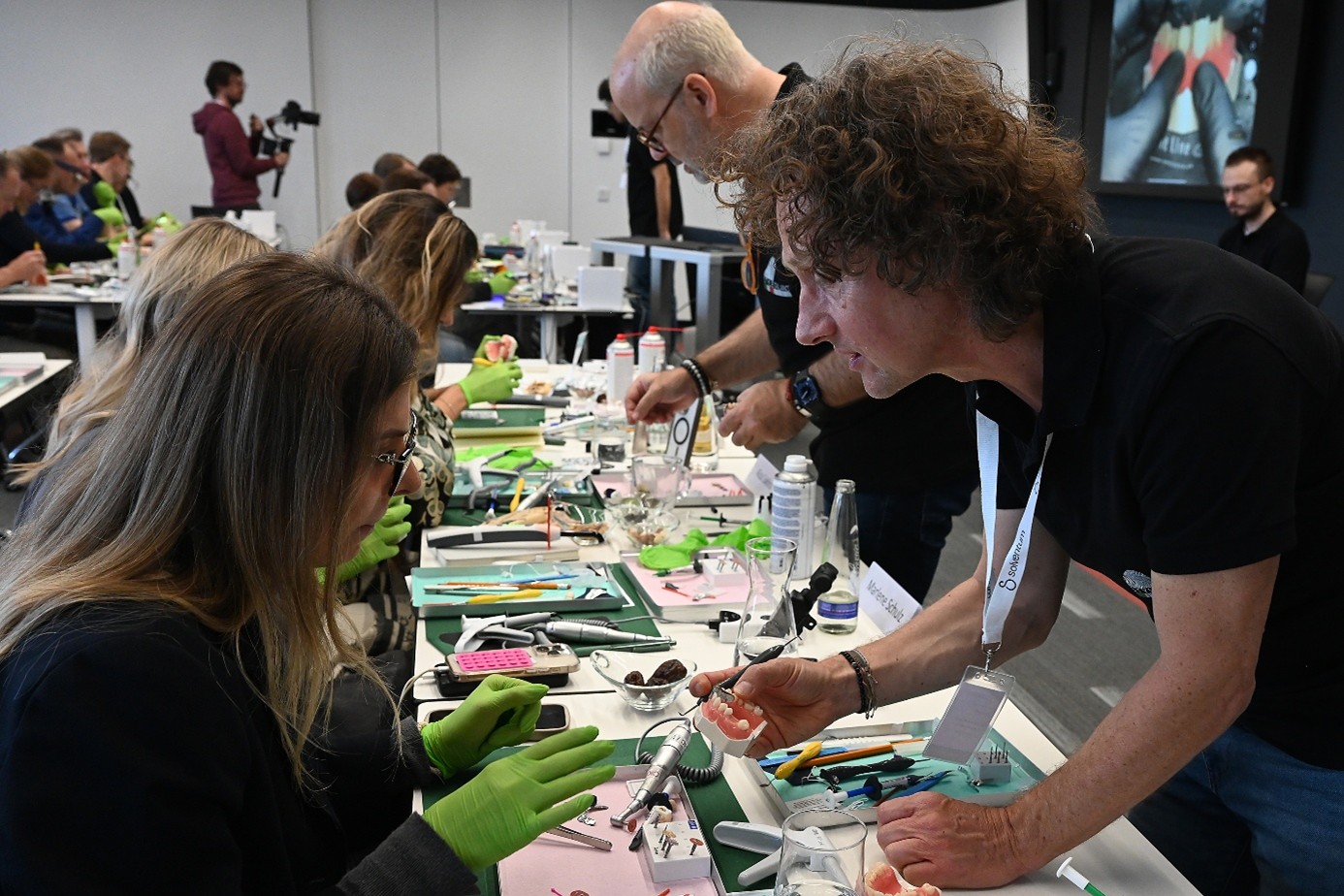
Unica anterior matrix placement assisted by members of the StyleItaliano team.

Direct composite veneering: Finishing the oversized restoration.
An orthodontic perspective on the vertical dimension of occlusion was provided by Dr. Filippo Cipriani Noce. He argued that the complexity of a VDO increase strongly depends on the presence of temporomandibular disorders (TMD). Only non-TMD patients are easy cases. As ex TMD patients have already failed to adapt once, the speaker recommends defining the new VDO and conducting a test drive with composite before placing definitive restorations (e.g. made of lithium disilicate). Pressure-induced pain is a subclinical symptom that may lead to TMD. Hence, the source of pain needs to be identified and solved prior to restorative treatment. The same is true for TMD patients: They need a differential diagnosis to identify the type of disorder (extracapsular, intracapsular or mixed) and select the following measures accordingly.
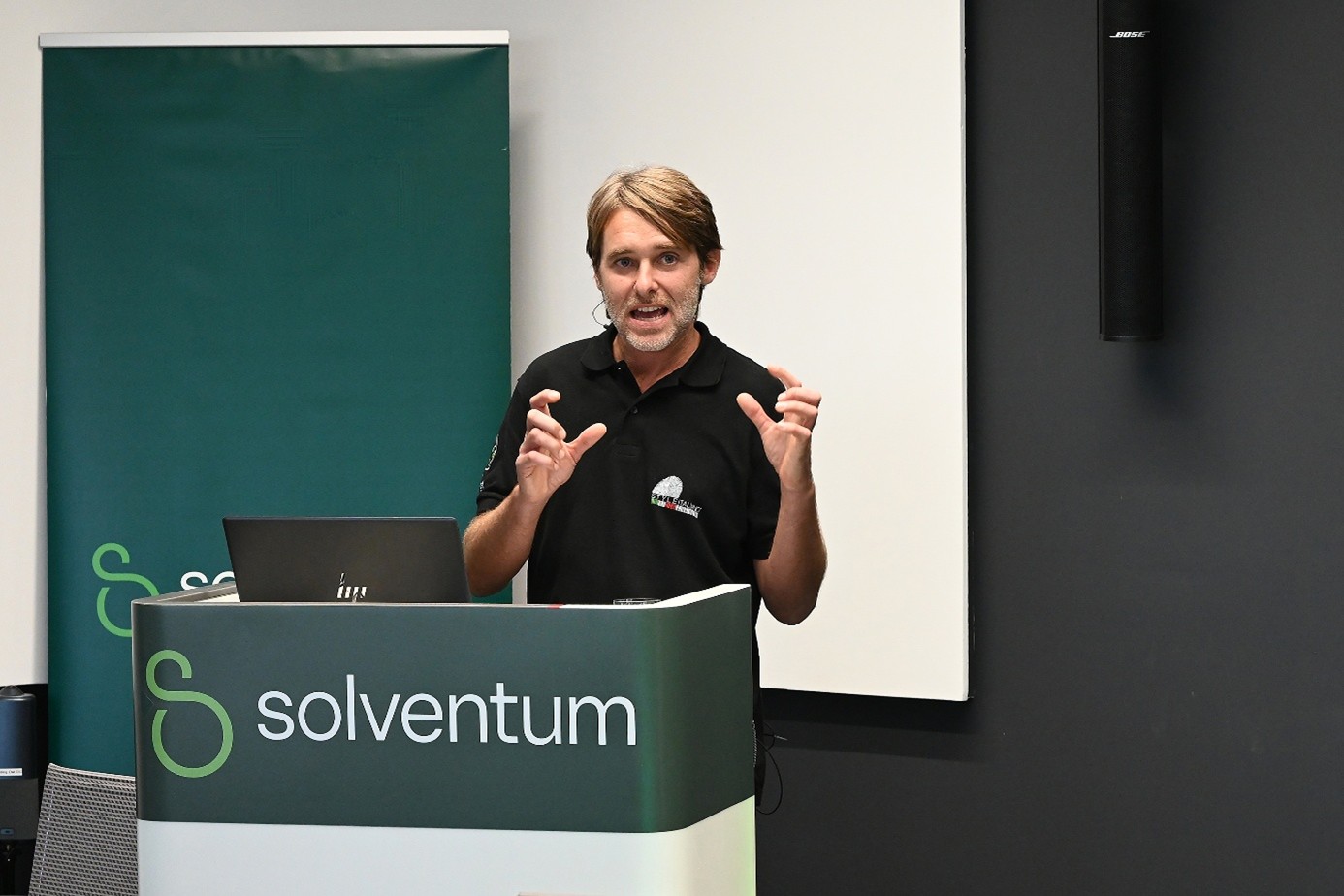
Dr. Filippo Cipriani Noce lecturing.
Finally, Dr. Valentin Vervack presented different posterior restoration techniques to be selected depending on the amount of information available in the remaining tooth structure. As long as the fissures are still intact, it is possible to reshape the cusps with composite, the natural structures guiding the instrument. If cusp information is lost, he regards reshaping the remaining tooth structure into a non-retentive overlay preparation as the best option. The unsupported enamel is removed, sharp margins are created and the inner transitions are smoothened. The author’s favorite instrument for this purpose is a rugby-ball shaped bur. What follows is immediate dentin sealing and resin coating to protect the tooth structure. Both techniques – the direct regeneration of worn cusps and the overlay preparation – were trained in the final hands-on session.

Posterior restoration techniques demonstrated by Dr. Valentin Vervack.
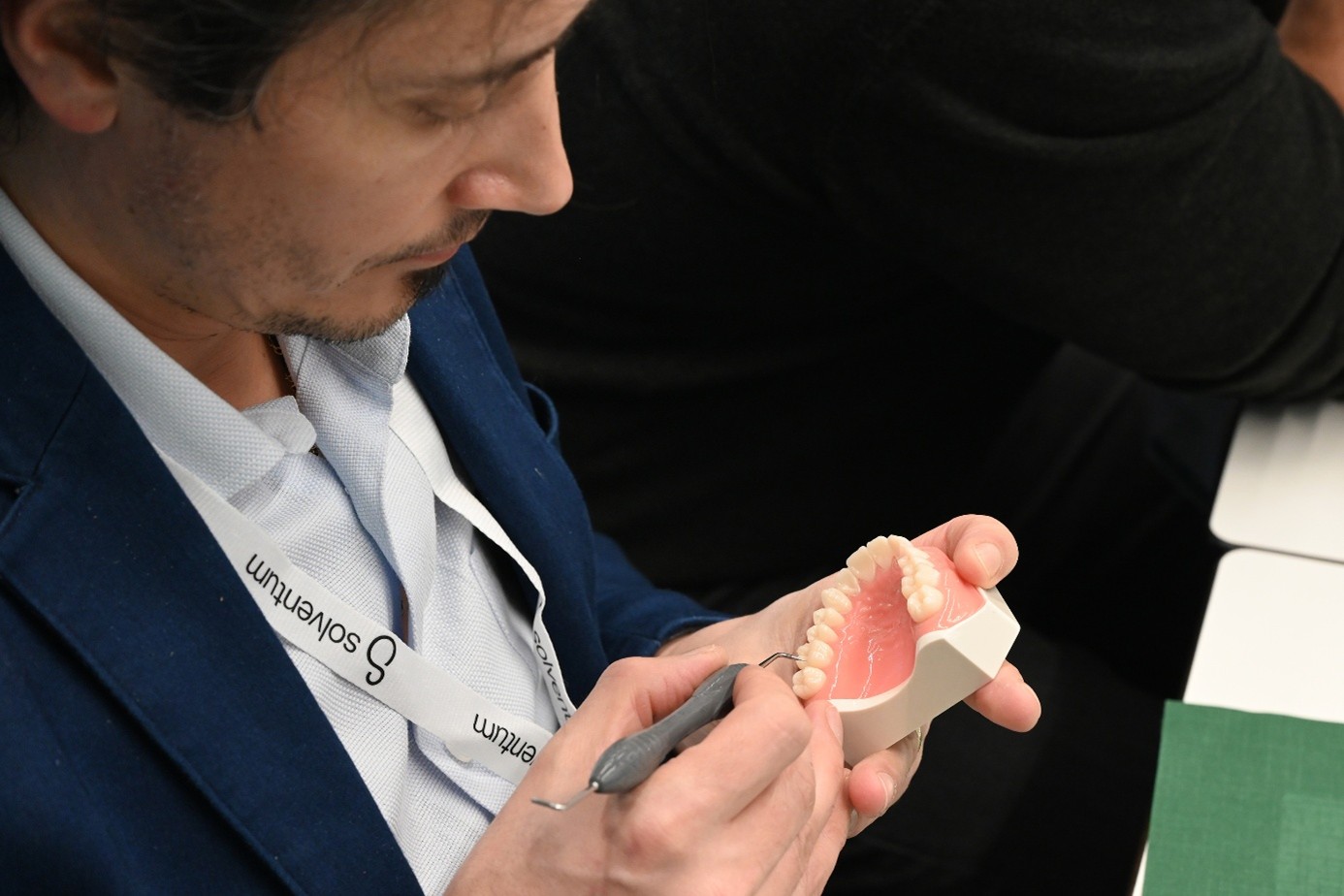
Participant rebuilding the anatomical shape of the tooth by following the inclination of the remaining cusp parts with the instrument.
During the hands-on sessions, questions from all over the world were asked via chat and answered live by the speakers. The whole StyleItaliano team was available for practical assistance and advice to ensure that the participants would return home with the skills they need to implement the presented techniques in their dental offices immediately. The Seefeld participants – including a group of digital content creators from Germany and the United Kingdom – were enthusiastic about the entire event and the new perspectives gained on mastering tooth wear.
Brain Boost: Sign up now to a new Brain Boost 2025 lecture every week!
